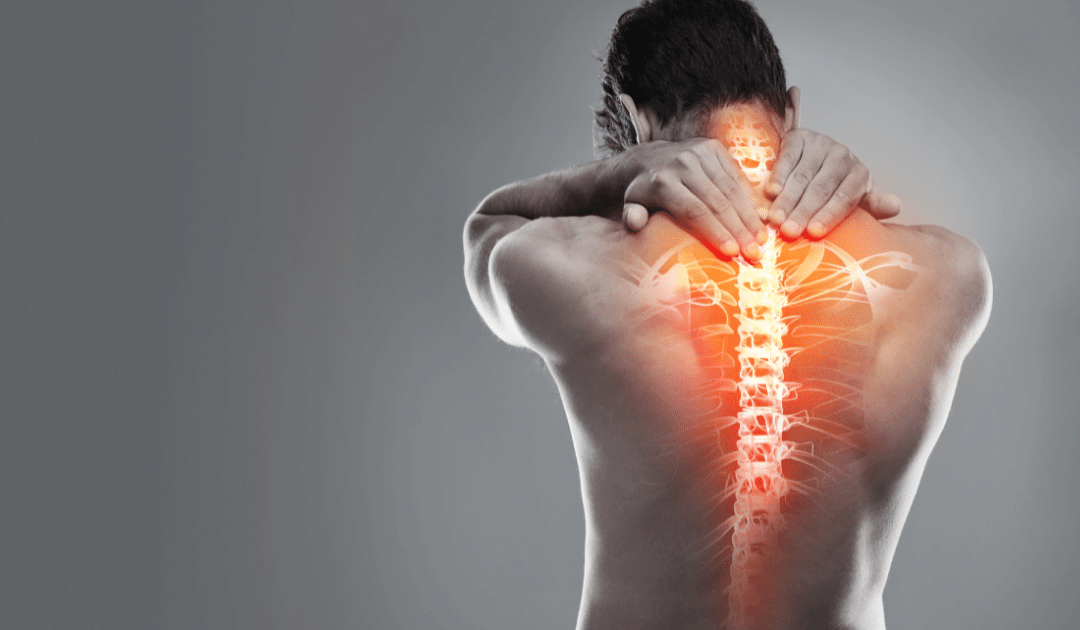On the surface, pain seems like a pretty simple concept to understand. We’ve all experienced some level of discomfort related to an injury or activity over time. However, there are vast differences between individuals on how we perceive pain and how our bodies respond to an injury. For some people, an acute injury will go through the healing process and return to “normal” with full recovery and no limitations. For others, an injury may lead to worsening symptoms and chronic or persistent pain. Persistent pain can occur as soon as 3-6 months following an injury and can last for years. This persistent pain may lead to disability, depression, reduced activity, and increased healthcare costs.
New insights into our understanding of pain have led to a new definition of how we describe it:
In 2020, the International Association of the Study of Pain (IASP) defined pain as “An unpleasant sensory and emotional experience associated with, or resembling that associated with, actual or potential tissue damage.”
For persistent pain, it’s the “resembling” part we want to highlight. First, let’s dive into how the nervous system generates pain.
How does the nervous system generate pain?
When tissue damage occurs, a peripheral nerve from the injured area carries a signal to the spinal cord. The information is passed onto a spinal nerve that carries the information to the brain, where a complex communication process takes place among many brain areas. This communication process identifies pain location in the body, the quality of sensations in that area, emotions, and thoughts.
Based on the brain’s conclusions about the incoming information, it sends instructions to the spinal cord, sensitizing the nerve pathway to promote a healing process. In a normal healing process, the nerves easily send signals. As tissues heal, sensitivity reverses.
What happens with persistent pain?
When pain lasts more than 3-6 months, the nerves can remain sensitive. Nerves can activate even when the tissues have healed. This causes one to experience pain, not because of tissue damage but because of increased sensitivity to stimuli and overactivity of the nerves. In addition to the nerve and spinal pathway changes, some areas of the brain remain abnormally active.
These altered changes to stimuli become highly sensitized to movement, resulting in lessening activity over time and increasingly higher pain levels. As the brain learns to connect an activity with pain, even non-harmful movements can trigger a significant pain response.
How is persistent pain addressed?
There are some great resources available for people experiencing persistent pain. The first essential item for anyone experiencing persistent pain is that there is a pathway toward a future that meets your needs and improves activity and function. Current evidence points to a multispecialty approach to managing persistent pain. This approach integrates physician specialty management along with psychology/counseling, rehabilitation, non-opioid mediation therapy, and interventional pain-relieving procedures. Physical Therapy is an integral part of this team.
At Alpine Physical Therapy, we focus on a graded movement program that helps your brain re-wire its response to movement so one can more quickly return to function and achieve goals. This program includes movement and exercise, pain education, and relaxation/body awareness techniques.
Oregon’s Pain Management Education Program
We have great resources available to both the community and our medical providers in Oregon. Active since 1999, Oregon’s Pain Management Commission has focused on improving pain management in the state of Oregon through education, legislation, and recommendations on multidisciplinary management based on the latest research.
Recently, they released an amazing educational guide for patients that includes easy-to-understand videos and downloadable handouts that address the many factors that are key to addressing persistent pain. These include:
- Understanding Pain
- Sleep
- Mood
- Social interaction
- Nutrition
- Sleep
- Activity
- Medications
You can access the videos by clicking the link above or going to our website and clicking the link below. Alpine’s staff is committed to providing the highest standard of care for our community. If you have questions or want to learn more about how physical therapy can help with your persistent pain, please contact us at 541-382-5500. We are happy to help.
